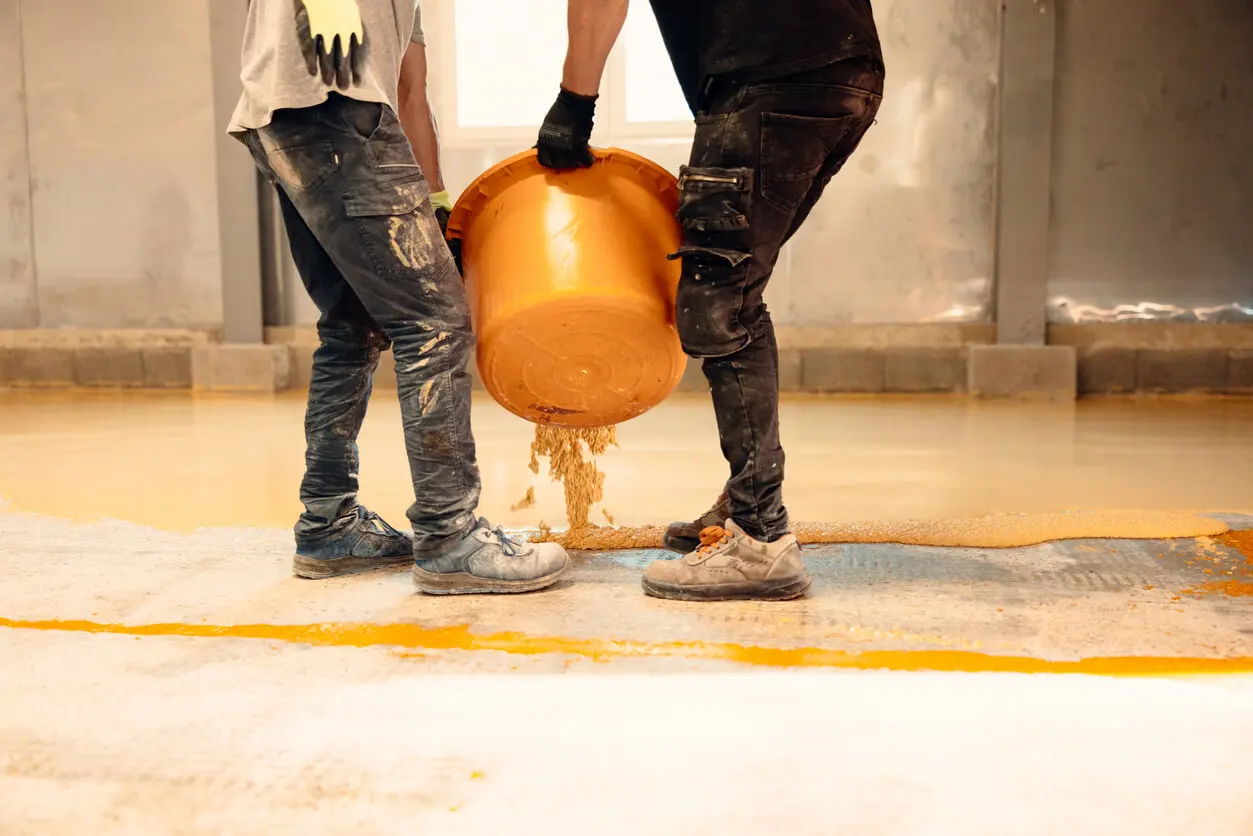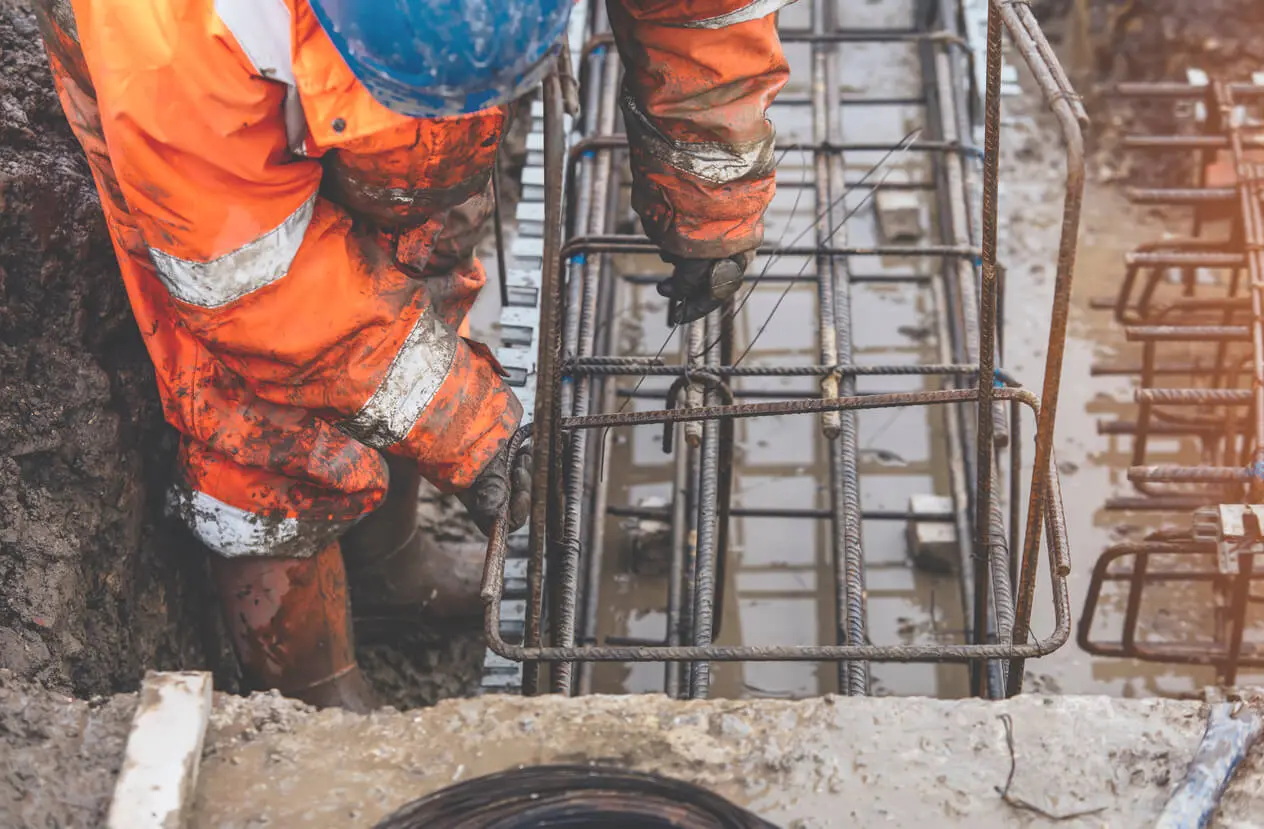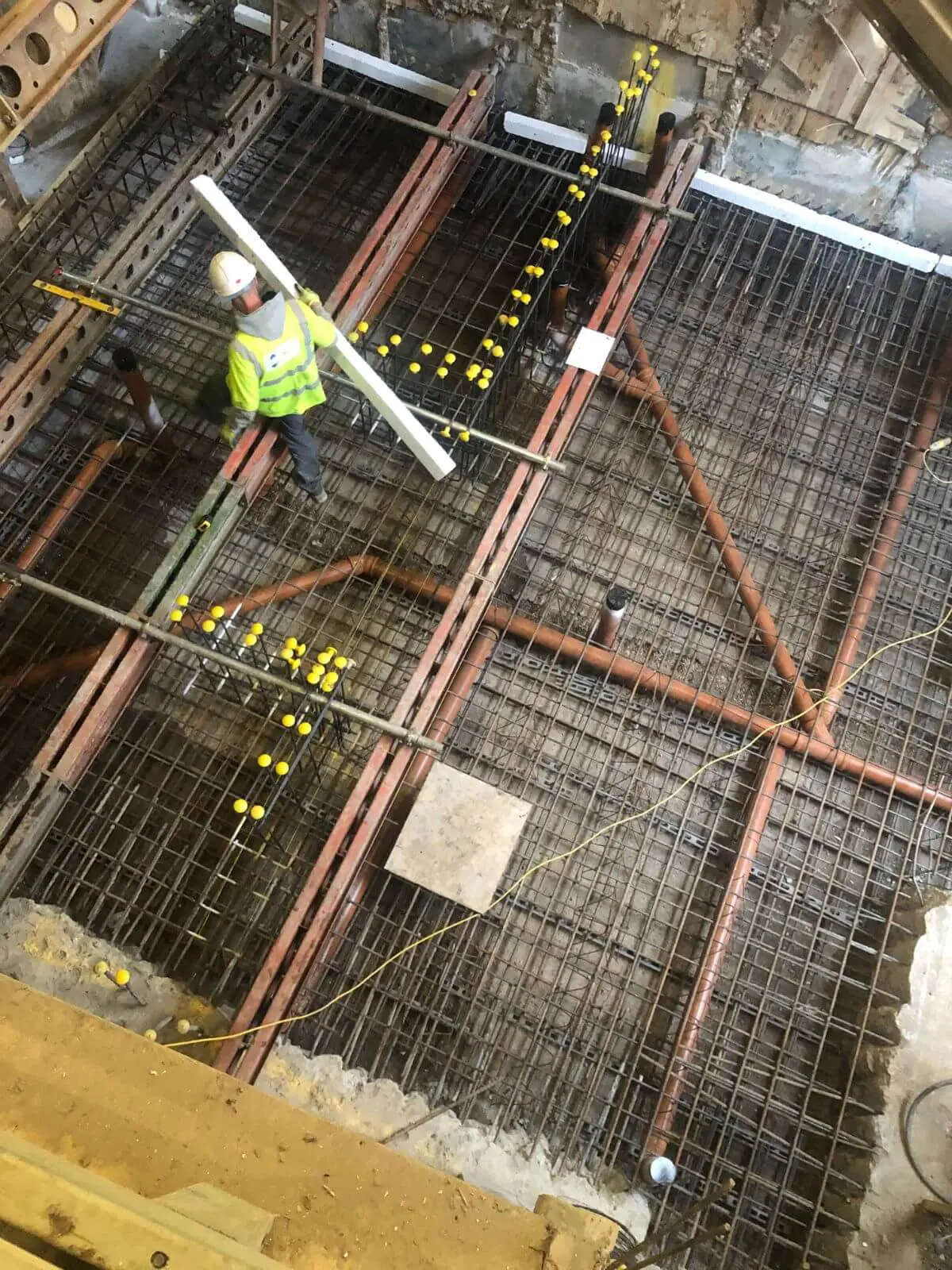
Waterproofing Your Basement: Essential Steps to Take Before Starting the Build
Building a basement is a significant investment and ensuring that it remains dry and protected...
The foundation of any basement is essential, but when it comes to ensuring long-term stability and durability, integrating a steel superstructure can make all the difference. Structural steel frameworks are used to provide strength, versatility, and resilience, making them a critical component in basement construction projects. At BH Basements, we understand the importance of properly reinforcing basements to withstand the unique challenges of building in an urban environment like London.
A steel superstructure refers to the part of a building that extends above its foundation, but it also plays a crucial role in supporting basements and underground structures. Reinforcing a basement with a steel superstructure provides a stable foundation for the entire building and ensures that the basement remains structurally sound even in challenging conditions.
In London, where the ground is often unpredictable and buildings are tightly packed, the use of structural steel frameworks has become increasingly popular for both new builds and basement extensions. Steel offers the strength needed to withstand the pressures of deep excavations, while also providing flexibility in design and construction. Whether as part of the basement, superstructure, façade retention, or enabling works, BH Basements undertakes the full scope of installing structural steels, ensuring a seamless process from design to completion.
Structural steel is one of the most commonly used materials in modern construction due to its many advantages. Here are some of the key benefits of using structural steel frameworks in basement construction:
Structural steel frameworks are designed to have a high strength-to-weight ratio, which means they can bear heavy loads while being relatively lightweight. This characteristic makes them ideal for basement construction, where supporting the weight of the building above is critical. Structural steel can easily support the loads imposed by the building above, ensuring that the basement remains stable and secure. This is particularly important in urban areas like London, where buildings are often multi-storey and require strong foundational support.
Structural steel has a high degree of ductility, which means it can bend without breaking under stress. This property is crucial for absorbing energy in the event of seismic activity or other dynamic forces. In a basement, this means that the structure can better withstand shifting ground conditions or unexpected pressures. While London is not known for high seismic activity, the ductility of steel is still beneficial in providing additional resilience to underground structures, especially in areas with heavy traffic or dynamic loading conditions.
The versatility of structural steel frameworks allows them to be fabricated into various shapes and sizes to suit different construction needs. This versatility makes it easier for architects and engineers to design innovative and aesthetically pleasing structures without compromising on stability.
At BH Basements, we engage with in-house fabrication drawings, procurement of steel, and the coordination of temporary works and demolition to enable steel installation. This approach ensures that the steel superstructure is tailored to the specific needs of each project, providing optimal support and stability.
Structural steel components are typically prefabricated off-site and transported to the construction site for assembly. This method speeds up the construction process, reduces labour costs, and minimises disruptions to the surrounding area. Once on-site, structural steel can be quickly assembled, which is particularly beneficial in busy urban areas like London, where minimising construction time is crucial to reducing inconvenience to neighbours and traffic.
Structural steel is highly recyclable, making it an environmentally sustainable choice for construction projects. At the end of a structure’s lifespan, the steel can be recycled and reused, reducing the demand for new raw materials and minimising waste. Using recyclable materials is increasingly important in modern construction, and structural steel is a great example of how sustainability can be integrated into basement construction without sacrificing strength or durability.
Deep basement excavations require strong structural support to prevent collapse and maintain stability throughout the construction process. Steel superstructures play an important role in providing this support, particularly in London, where space is limited and the pressures from surrounding soil can be significant.
In many basement construction projects, structural steel frameworks are used in combination with reinforced concrete (RC) to provide optimal stability and strength. This hybrid approach leverages the benefits of both materials, resulting in a more robust and resilient structure.
Steel superstructures offer numerous benefits for both commercial and residential basement projects. Whether it’s a luxury residential basement or a large-scale commercial development, structural steel provides the stability and versatility needed to meet the demands of modern construction.
In commercial projects, such as office buildings, hotels, and retail spaces, basements are often used for essential functions like parking, storage, and utilities. Structural steel frameworks provide the strength needed to support the weight of multi-storey buildings, ensuring that the basement remains stable and functional.
For residential projects, basements are increasingly being used to add value and space to properties, particularly in areas like London where space is at a premium. Steel superstructures provide the flexibility needed to create customised basement spaces that meet the needs of homeowners.
In basement construction, using a steel superstructure is an effective way to reinforce your basement for long-term stability. With its high strength-to-weight ratio, ductility, versatility, and environmental benefits, structural steel frameworks offer numerous advantages for both residential and commercial projects.
At BH Basements, we have the expertise and experience needed to manage the entire process of installing structural steel frameworks, ensuring that your basement is built to the highest standards of safety and quality.
Contact us today to learn more about our services and how we can support your projects!
For further information about BH Basements, please do not hesitate to get in touch. We are always happy to help.
For more captivating insights and expert advice, delve into BH Basements’ diverse range of blog articles.

Building a basement is a significant investment and ensuring that it remains dry and protected...

RC Framework How Reinforced Concrete Slabs Strengthen Your Commercial Basement’s Foundation Wed, 22 Jan 2025...

Building a basement, especially in a city like London, comes with it's own complications.